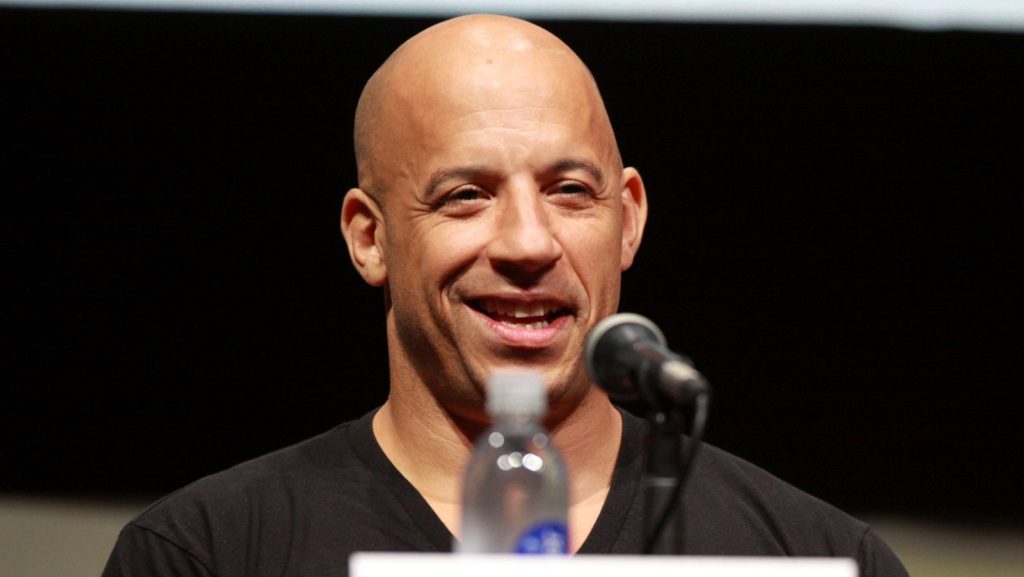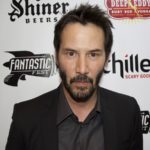Five years ago, launching a decent streaming platform took millions. Now? A teenager with a laptop can build something that reaches millions. That shift…
These were the biggest movies in Southern Africa in 2017

Hollywood did not have a great 2017.
During the US summer blockbuster season, South Africa took a 17% drop in revenue from 2016. The US didn’t fare that much better, and pundits began worrying the year would be disastrous for Hollywood.
So how did we come out in the end? And which films won over locals’ hearts? Grab some popcorn, because this is how South Africans (and Zimbabweans) were spending their money at the cinemas last year.
Fast and Furious 8 was the highest-grossing film in South Africa last year
The most prolific film of the year was Fast and Furious 8, which pulled in a whopping R72.9-million. Compare that to the runner-up Despicable Me 3, which was sitting pretty on only R46.3-million; Fast 8 beat the film by over R20-million, which is more than Wonder Woman, in eleventh place, made in its entire run.
Fast 8‘s success can be attributed to good timing — it opened on Easter weekend with a week of school holidays left — and the fact that Southern Africa is a sucker for action. In the top 10 films of the year, six were action films: Fast 8, Justice League, Spider-Man: Homecoming, Thor: Ragnarok, Star Wars: The Last Jedi, and xXx: The Return of Xander Cage (Southern Africa also clearly loves Vin Diesel).
The rest were all family or children’s films: Despicable Me 3, Beauty and the Beast, and Boss Baby. The only outlier? Fifty Shades Darker in fourth, because we’re also suckers for smut.
Fast 8 isn’t the only impressive film on the list, though: Jumanji: Welcome to the Jungle, which premiered on 29 December, was the 13th highest-grossing film of the year come 4 January. In just five days, the sequel beat out the likes of Guardians of the Galaxy Vol. 2, Kong: Skull Island, and Logan.
Another outstanding achiever was South Africa’s own Keeping Up with the Kandasamys, which managed to chart in 21st and earn a massive R16.4-million. Not only was the family comedy the only local film to crack the top 50 at all, it was also on the weekly top 10 chart for eight weeks. Local films are usually lucky if they stay on for two.
Family comedy Keeping up with the Kandasamys was the highest-grossing local film of the year
What was equally exciting about the film’s success is that Keeping Up with the Kandasamys opened in only 26 theatres, the lowest of any other film in the top 50. In fact, if the year proved anything, it’s that opening in tons of theatres doesn’t necessarily mean success.
Ferdinand, the animated film about a fighting bull, opened in 140 theatres — the most of any last year — and only managed 28th place (though, in fairness, the film is still running and has room yet to grow).
The scatterplot below shows how films fared in relation to their number of prints. In general, films struggled to earn enough to place them above the trendline — even when removing the Fast 8 outlier.
The major South African distributors had a fairly even 2017. United International Pictures (UIP) only had 11 films in the top 50, but because those films included Fast 8, Despicable Me 3, and Fifty Shades Darker, the company still pulled in R276.3-million from its films in the top 50.
Ster-Kinekor took a different approach, releasing 20 of the films on the chart, and pulling in R332-million from standard hits like Spider-Man: Homecoming and Thor: Ragnarok, as opposed to the likes of UIP’s breakaway hits.
84% of the revenue earned by 2017’s top 50 films in Southern Africa came from franchises
Times Media Films fared relatively similarly, releasing 18 of the top 50 films and bringing in over R254.7-million. Its best-performing release was Justice League (in fifth), and its only other film in the top 10 was Boss Baby.
The only other distributor on the list was M-Net for La La Land in 43rd position.
In terms of a greater industry, Southern Africa’s 2017 box office proves the area’s unwillingness to indulge original films. Every single film in the top 17 is part of a larger franchise. In the top 50? Only 15 of the films are completely original — not a sequel, not a reboot, not an adaptation — and that number is being generous and including King Arthur.
This means that, of the box office revenue earned from the 50 highest-grossing films, a whopping 84% of the revenue came from franchises. While production companies will likely read that as proof that franchises sell — and there’s no denying they do — it’s upsetting that consumers were given little choice this year.
In fact, the average number of prints for original films in the top 50 was 83. Franchises received a massive boost, and those in the top 50 averaged out at 104 prints per film. Cinemagoers can only watch what is available to them — and it seems that, for now, that’s franchises.
And so SA’s tastes are left largely unclear. All we know for certain is that Vin Diesel has a place in the region’s heart. I don’t understand it, but I can respect it.
You can find the full top 50 list courtesy of Times Media Films here. The films listed in bold are the original films.
Note: Not all of the films mentioned have completed their runs, and their positions are subject to change.
Feature image: Gage Skidmore via Flickr (CC BY-SA 2.0, cropped)

